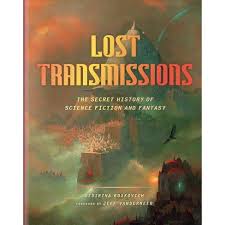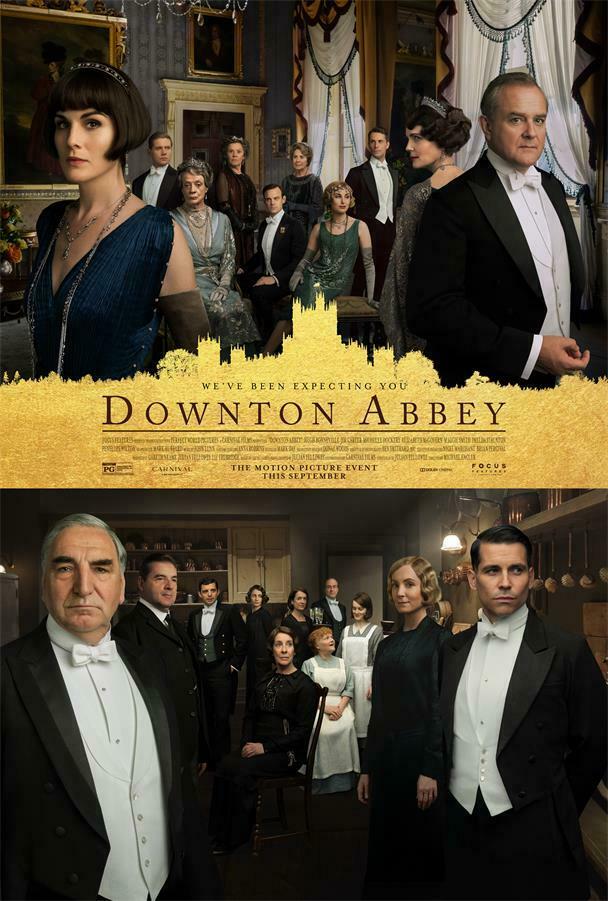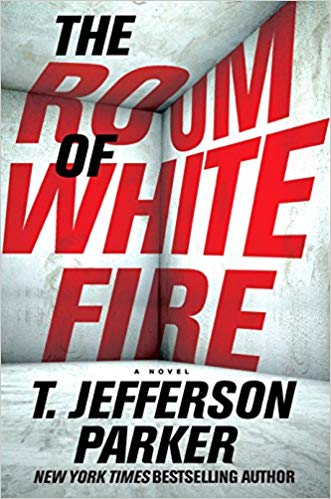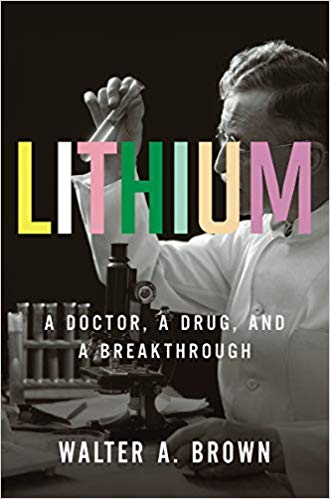

Lost Transmissions: The Secret History of Science Fiction and Fantasy compiled by Desirina Boskovicas is a browser’s delight! And, of course, Lost Transmissions has a wonderful Paul Lehr cover, too! I enjoyed the essays of Neil Gaiman, William Gibson, Nisi Shawl, Molly Tanzer, Charlie Jane Anders, Lev Grossman, Jeff VanderMeer, and other knowledgeable writers.
Favorites include “The Weird World ofMervyn Peake’s Gormenghast,” “Harland Ellison’s Legendary Lost Anthology,” The Outerworldly Visions of Philip K. Dick,” “On Viriconium: Sone Notes Toward an Introduction” by Neil Gaiman, and the eye-popping artwork in the ART AND DESIGN section. All in all, Lost Transmissions is the best table-top Science Fiction book of 2019! Don’t miss it! GRADE: A
TABLE OF CONTENTS:
Forward by Jeff Vadndermere viii
Introduction xi
LITERATURE 1
Kepler’s Proton-Science Fiction Manuscripts Somnium and its Legal Consequences 2
How Jules Verne’s Worst Rejection Letter Shaped Science Fiction…for 150 Years 6
Jane Webb Loudon’s The Mummy! A Tale of the Twenty-Second Century by Christie Yant 9
Early Feminist Utopias, from Gilman’s Herland to Rokeya’s Sultana’s Dream 13
The “Timeless Green Kingdoms” of George MacDonald 18
The Inklings: A Friendship that Changed Fantastic Literature Forever 26
Henry Dumas’s Foundational Afrofuturism by John Jennings 29
The Author of the Narnia Books Worked on a Mega-Creepy Time Travel Story…Probably 31
The Weird World of Mervyn Peake’s Gormenghast 36
The New Wave and New-Metal Men: The Almost-Forgotten Brilliance of David R. Bunch 39
The Continuous Katherine Mortenhoe 43
Harlan Ellison’s Legendary Lost Anthology 45
The Otherworldly Visions of Philip K. Dick 48
The Empress of the Sensual: Kathy Acker by Nick Mamatas 53
On Viriconium: Some Notes Toward an Introduction by Neil Gaiman 56
The Salvage Yard: Real-Life Experiences Revisited in Science Fiction by Darran Anderson 61
The Dark Fairy Tales of Angela Carter 64
Funny Fantasy’s Myth Conceptions by David Barr Kirtley 68
It’s a Man’s, Man’s, Man’s Apocalypse by Grady Hendrix 70
Forward to John Shirley’s City Come a Walkin’ by William Gibson 73
An Interview with John Shirley 76
An Interview with Thomas Olde Heuvelt 81
An Interview with Karen Joy Fowler 85
FILM AND TELEVISION 91
Le Voyage duns la Lume, The First Science-Fiction Film Ever Made 92
Metropolis: The Long Shadow of the Never Seen 95
THX 1138: A Decidedly Un-Lucas-Like Production 99
The Enduring Creations of Ralph McQuarrie 101
The Death Star’s Architect: Concept Artist John Berkey 103
Star Wars vs. Battlestar Galactica: The Legal Battle Over Space Opera’s Look 105
“The Spice Must Flow”: Iterations of Dune 108
“The Tourist”: The Alien Sex Film Noir We Deserve 115
The Unicorn-Like Creations of Moebius, Concept Artist by Meg Alison 118
How WarGames Changed American Military Policy 120
The Alien III(s) That Might Have Been 122
Behold, the Science-Fiction Comic Horror of Phase IV! by Paul Tremblay 129
A Boy and His Goblin: E.T.’s Creepy Origin Story 132
The Overlooked Genius of Space Island One by Charlie Jane Anders 136
The (Very) Secret Adventures of Jules Verne by Emily Asher Perrin 138
James Cameron’s Explorations of the Watery Depths On-Screen and in Real Life 141
ARCHITECTURE 145
Hugh Ferriss: Draftsman, Theorist, Gotham Visionary 146
Dreams in the Desert: The Utopian Vision of Paolo Soleri 148
Reality Ahead of Schedule: The Deisgns of Did Mead by Matthew Kresel 151
ART AND DESIGN 155
Weird Tales Regular, Pulp Illustrator Virgil Finlay 156
The Surrealist Stylings of Richard M. Powers by Stephen Sonneveld 159
The Dreamy Atmospheres of Painter Paul Lear 160
Space and Science-Fiction Artist David A. Hardy 163
Psychedelic Master Bob Pepper 164
A New Realism: Contemporary Cover Artist Michael Whelan 165
On Fantasy Maps by Lev Grossman 166
MUSIC 171
Science-Fiction Storytelling in the 1960s and ’70s, Set to Music 172
Astro Black by Nisi Shawl 175
The Who’s Liflong Search for the “One Note” 178
Sweet Bye and Bye and Speculative Fiction in Musical Theatre 181
X-Ray Spex, Poly Styrene, and Punk Rock Science Fiction Annalee Newitz 183
Speculative Music of the New Millennium 190
The Timeless Brilliance of of Deltron 3030 Mark Oshiro 194
The Science-Fiction Soundscapes of Porcupine Tree 196
Metropolis Meets Afrofutrism: The Genius of Janelle Monae 198
FASHION 203
Plenty of Pockets: Fashion in Feminist Utopian SFF By Penny. A. Weiss & Brennin Weiswrda 204
The Fashion Futurism of Elizabeth Hates and Rudi Gernreich By Ekaterin Sedia
David Bowie’s Queer Glam Futuristic Fashion By Meg Alison 212
Textile Arts Are Worldbuilding, too By Jeannette Ng 215
Savage Beauty: Alexander McQueen By Genevieve Valentine 218
FREEDOM AND POP CULTURE 221
The Surreal Potential of the World’s Most Mysterious Manuscript 222
Celebrity Robots of the Great Depression By Selena Chambers 227
The Historical and Literary Origins of Assassin’s Creed 223
Jack Kirby, the King of Comics 232
Valerian, the Popular French Comic Series that Inspired a Generation 236
Beyond D&D: Lesser-Known Fantasy Role-Playing Games By Frank Romero 239
Warhammer Fantasy Role-Play: A Grim World of Perilous Adventure By Molly Tanzer 241
Kentaro Miura, Grandmaster of Grimdark By Jesse Bullington 243
The Ambitions of BioForge 245
The Massive Artificial Landscape of Tsutomu Nihei’s Blame! 247
Raelism: The Space-Age Message of the Elohim By Robert Levy 250
CyberCity: Hackers, Virtual Reality, and the Games of War 252
On the Internet, No One Knows You Aren’t a (Gay) Wizard: An Ode to Fan Fiction By K. M. Szpara 255
The Time of the Mellon Chronicles By Silas K. Barrett 258
An Interview with Hugh Howey 261
Contributor Biographies 266
Sources and Credits 278
Index 272
Acknowledgements 276










